Will French Lace Succumb to Globalization?
The economic crisis affects the oldest manufacturer of French lace.
When Desseilles and Codentel, the oldest French lace manufacturers filed for bankruptcy all of a sudden the world realized it was about to be deprived of one of the most fascinating pieces of luxury cloth. Quickly Chanel and other luxury goods providers came to the rescue. Holesco tried to acquire Desseilles only to find that China based Yongsheng Holdings had deeper pockets and grandiose plans for the future of this exquisite fabric.
Then on came Chanel which has quietly been acquiring manufacturing outlets of French artisanship took a minority stake in Holesco after a bankruptcy court in Boulogne-sur-Mer named Holesco the new owner of Codentel. The company will secure the jobs of its 36 employees while enjoying an investment aimed at growing the business of $1.16 M.
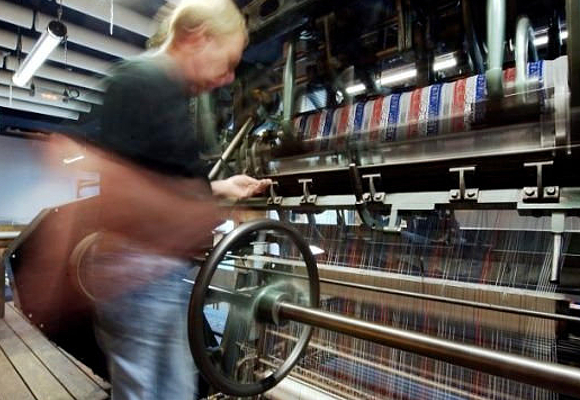
Two different journeys are thus ahead for the most delicate of all French fabrics. One will serve the growing Asian market which produces millionaires at a faster pace than soap bubbles spread on a breezy afternoon. These millionaires are going to demand the French lace for their children’s debutante robes and wedding gowns.
The spike in demand might put pressures on the manufacturer to move away from traditional production methods (hand or loom) to computer aid manufacturing. Should this happen, you can bet the Deseilles produced lace will cease to represent the noble tradition of exquisite lace making born in China and brought to Europe through Venice and Genoa. Codentel, on the contrary was clearly acquired to serve the principle of creating value through scarcity.
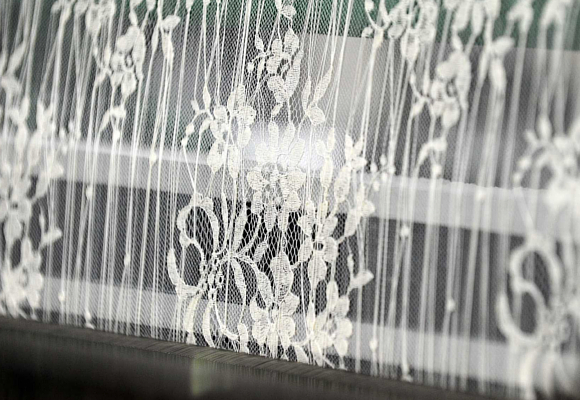
To be sure, Holesco has already made waves through its acquisition on rights over Josep Marie Jacquard’s punched card loom invented in 1801 This would be in line with lace’s refined life. Indeed, the sixteenth century placed lace in every ruff and standing collar of men and women of privilege. This demanded bold geometric needle lace.
Later on demand for gold and silver lace to edge gloves, shoes, jackets and sashes, and also to provide surface decoration for other garments. By mid-17th century needle and bobbin lace makers had refined their skills to produce increasingly sophisticated work which were represented by the raised needle lace known as Gros Point and the Milanese bobbin.

During the industrial Revolution Nottingham abandoned Robin Hood to become a worldwide lace power Factories were built in the English Borough, the characteristic Lace Market, according to the demand for more lace products. John Sleavers invented a lace machine in 1813 which became the backbone of the Nottingham Lace Industry. By the end of the 19th century the lace industry had grown to a size of over 500 factories employing almost 17.000 workers in 1890.
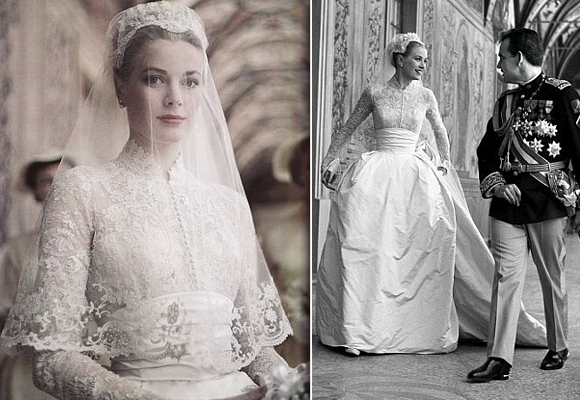
But it was Queen Victoria who placed lace in history and began a tradition for brides all over the world. In 1840 she discarded the royal silver wedding gown in favor of a laced white robe. It was trimmed in Honiton lace which was also the veil material. Lace passion continued into the 20th Century. Women during the Edwardian and Belle Epoque periods society women could be distinguished by the elaborate lace in their clothes. High lace collars and blouses with cascades of lace were part of the everyday wardrobe for a wealthy society matron in the early 20th Century. Hollywood was never hot on lace up and until wedding bells began to ring.
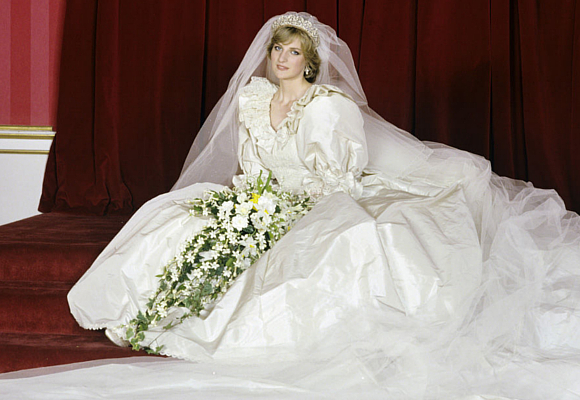
Grace Kelly’s wedding attire required 300 yards of Valenciennes lace. The exquisite lace veil featured an estimated 1000 pearls. Lace was less evident on new veils, although family heirlooms of handmade Belgian lace were still worn if they were a part of the bridal trousseau. Venise lace, one of the original types, came back into fashion, Lace was still a widely admired bridal fabric in the 1970s.
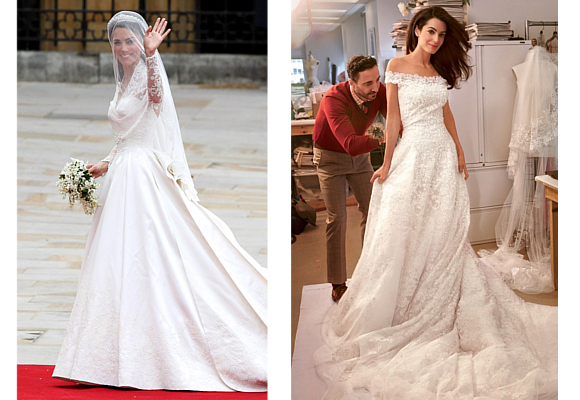
Lady Diana Spencer’s wedding dress returned lace to the epicenter of any wedding gown. Recently. Middleton, Duchess of Cambridge and Amal Clooney propelled lace enthusiasm once again in history.
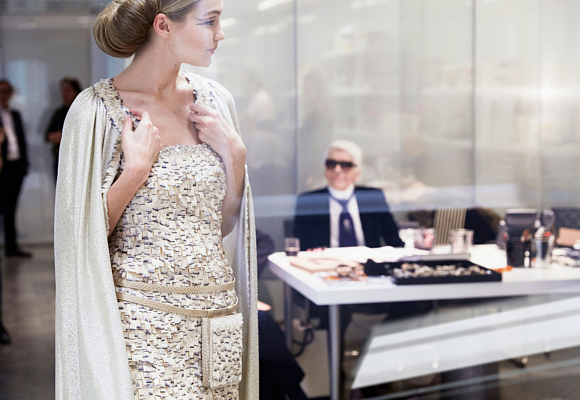
But it was Coco Chanel who codified lace’s immortality by indicating “unlike many other precious objects which, owing to industrial progress, have lost much of their luxurious quality, lace, adapting itself to the economic and industrial requirements of our age, has kept its main characteristics: precious elegance, lightness and luxury.” This is perhaps the reason for the fashion house that bears her name to acquire one of the most traditional lace makers of the world.
